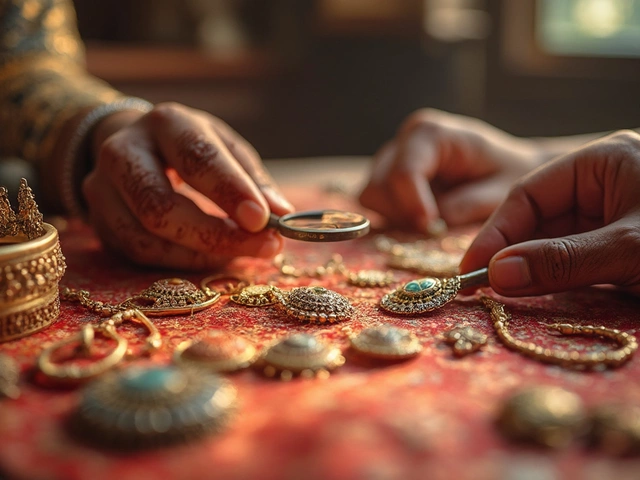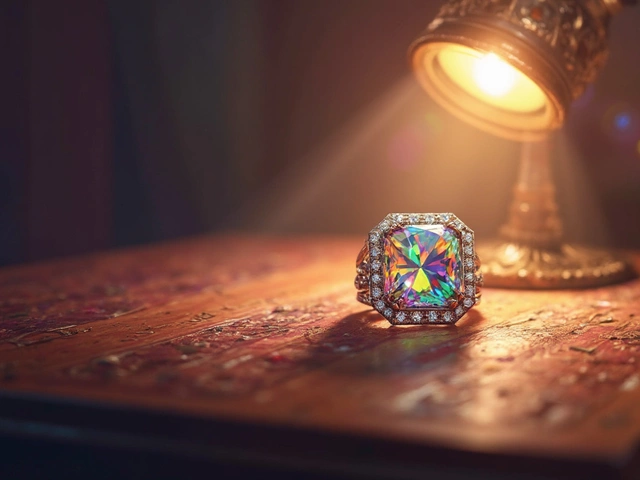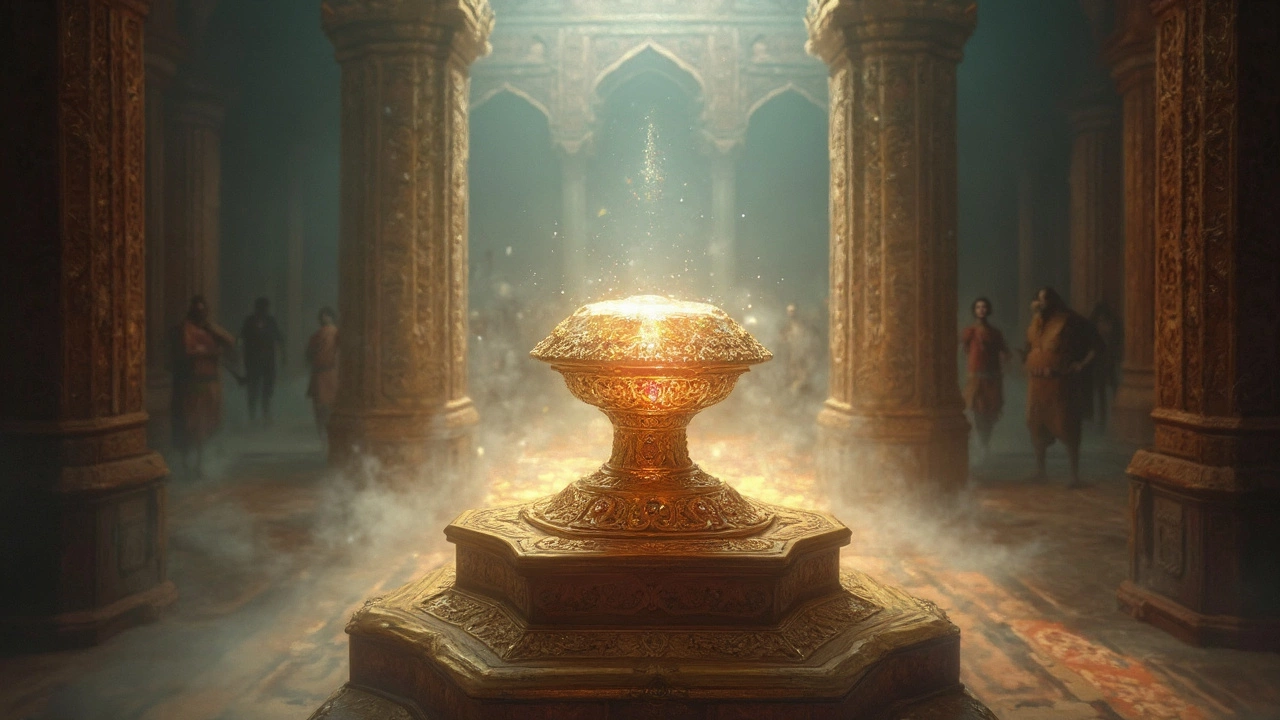
Ever hear about a gem that's as much infamous as it is famous? The Koh-i-Noor diamond fits the bill, surrounded by tales that could rival the most thrilling mysteries. We're talking legends that suggest bad luck and calamities for those who dare to claim it. Interesting, right? But what truly makes the Koh-i-Noor stand out isn't just these eerie tales. It's its tangled past, shifting hands from rulers to colonizers, and today, it's a conversation starter in debates about heritage and rightful ownership.
Let's zoom out for a second: what makes a diamond cursed, and why does it matter today? With this gem, the stories transcend mere superstition—they tell of wars, conquest, and cultural treasure. Whether you're peering into a jeweler's display or reading up on royal family jewels, the Koh-i-Noor continues to intrigue. So, we're diving into the compelling blend of history and myth, revealing why this diamond still captivates millions' imaginations. You might even glean a few insights into taking care of your diamond rings—just avoid the curse chatter at dinner parties!
Myths and Legends
What is it about the cursed diamond that gets people talking? It’s all about those wild, spine-tingling stories tied to it. The most famous one being that possessing the Koh-i-Noor leads to disaster if owned by a male. This legend claims that no man who has worn or owned the diamond ever ruled successfully—and given its history, it seems like it could be true!
But what do we really know about these eerie beliefs? It starts with the diamond's long, storied past in India, with whispers of it being a 'mountain of light,' believed to bring both power and doom. It's said that the Mughal Emperor Babur wrote about it in his memoirs, way back in the 16th century, marking one of its earliest connections to big-time folklore.
India's legends weave tales of divine origins; some suggest that the diamond was stolen from the god Krishna as he lay asleep. Imagine that—a heist in the heavens! And these aren't just throwaway tales. They reflect deep-seated cultural ties to faith, power, and the supernatural.
The Many Owners, The Many Curses
Take a look at its journey: originally part of Mughal treasure, it later lands with the Persians, then heads over to the Durrani Empire. In every royal court, it was said to be wrapped up with misfortune. The diamond’s European debut starts with its acquisition by the British in the 19th century, where rumors of bad luck continued to follow it into their royal family.
| Current Location | Owner | Time Period |
|---|---|---|
| United Kingdom | British Royal Family | Since 1849 |
Not everyone subscribes to these beliefs, but they sure do spice up the diamond's aura. Even today, the Koh-i-Noor is a talking point in discussions about repatriation—you could say its legend isn't letting go just yet. Whether you believe the curse or just love the tales, this diamond is more than just a pretty piece of bling; it's a world where fact and fiction blend seamlessly.
Historical Journey of the Koh-i-Noor
The Koh-i-Noor diamond hasn't just sat around looking pretty; it's journeyed through more drama than a soap opera. Imagine a timeline that spans centuries, involving countless royal families and a few heists that would make a Hollywood blockbuster jealous.
The Origins
This legendary gem first surfaced in recorded history in the early 14th century, in the hands of the Kakatiya dynasty in the Deccan Plateau region. Known for its sparkling size and inexplicable allure, it originally weighed a staggering 186 carats. Some historians believe it might have been even older, extracted from the Golconda mines.
Conquests and Transfers
Fast forward a bit, and the diamond fell into the hands of the Delhi Sultanate, but it didn't stick around for long. The Persian conqueror Nader Shah nabbed it during his invasion of India in 1739. The story goes that he christened it the 'Mountain of Light,' which is what Koh-i-Noor means.
British Acquisition
Moving into the 19th century, more twists unfolded. After a complex series of events, involving treaties and conflicts, it ended up with the British following the annexation of Punjab in 1849. Queen Victoria received it, and it's been chilling in the British crown jewels collection ever since. Let's just say this wasn't without controversy; debates over rightful ownership still rage on today.
Re-cutting and Display
The diamond underwent re-cutting in Britain to enhance its brilliance, resulting in a gem weighing 105.6 carats. Today, you can see it displayed in the Tower of London. For many, it remains a symbol of colonial legacy—a hot topic whenever the cursed diamond gets mentioned.
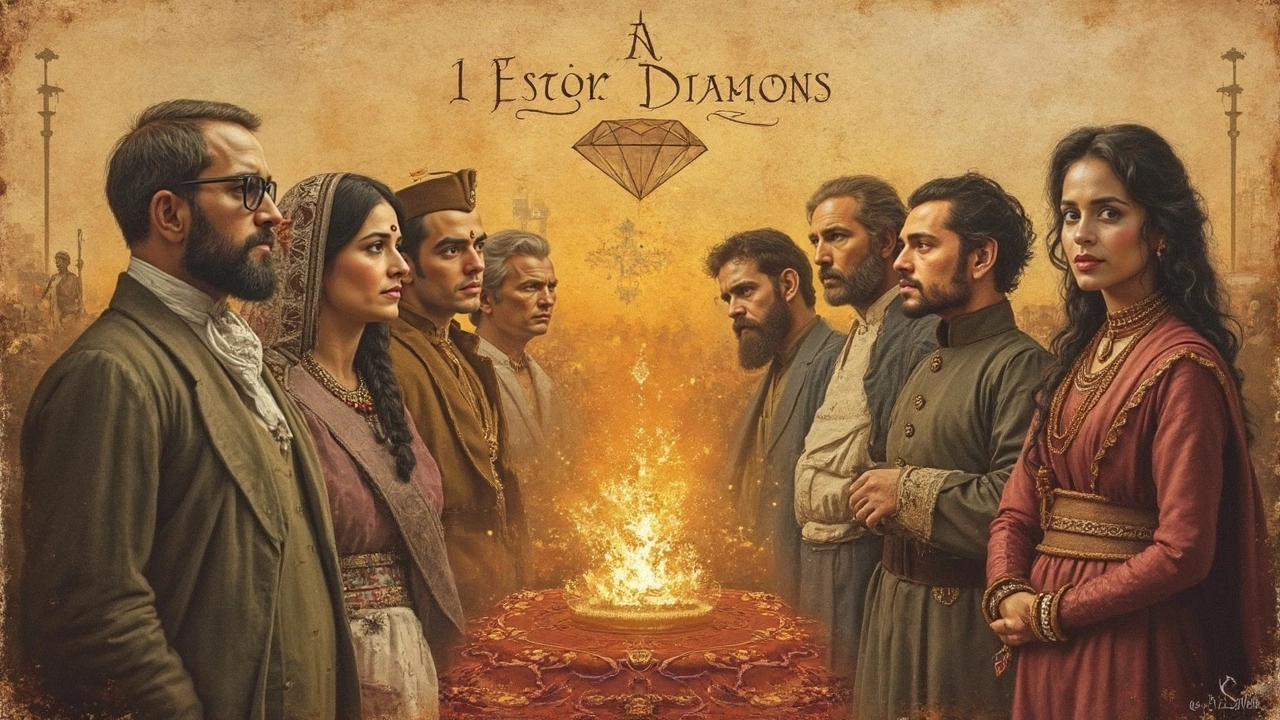
Controversies
The saga of the Koh-i-Noor diamond is not just about its shiny façade. It's laden with controversies that have been the subject of debates, documentaries, and countless articles. Why all the fuss? Well, it's not merely about who gets to hold this beautiful sparkler but more about the emotions and histories that come wrapped with it.
Ownership Disputes
This gem, for one, has sparked a heated debate between India and Britain. India claims that the diamond was taken unlawfully during the British colonial period. Many Indians believe it should return to its original home as a matter of national pride. On the flip side, the British government has continually declined these requests, stating that the diamond’s possession has been legitimized through a treaty. And this is where it stirs up feelings and challenges in the world of nation-to-nation diplomacy.
Symbol of Colonial Plunder?
In wider conversations, the Koh-i-Noor also symbolizes something bigger—colonialism. For some, it represents the exploited resources and the injustices of the colonial era. It's a painful reminder for many nations of the wealth that was extracted under foreign rule, storing a feeling of historical grievance. The diamond is housed in the Tower of London as part of the British crown jewels, which inevitably keeps the debate alive on international platforms.
Alternative Solutions?
Both countries seem to stand their ground, but is there a middle path? Some experts suggest joint ownership or exhibition in both countries as a potential compromise. However, diplomatically sensitive issues like these are a bit like walking on thin ice. A proposal like this would require delicate negotiations, not to mention significant public support on both sides.
Impact on the Jewelry Market
But what's a diamond story without talking cost? Due to its legendary status, this diamond has inadvertently set a benchmark for what makes a diamond both invaluable and priceless. It's definitely sparked more interest in the history of diamond rings in India.
These controversies, while unresolved, continue to weave a captivating story, keeping the legacy of this gorgeous yet contentious jewel alive. You can bet your bottom dollar the plot around the Koh-i-Noor is far from its final chapter!
Modern Significance
Why should we care about an ancient gem in today's world? Well, the Koh-i-Noor isn't just a relic; it’s a symbol wrapped in layers of cultural significance. In the current global climate, it sparks conversations about colonial pasts and the ongoing debate about returning such artifacts to their country of origin. For countries like India, from where the cursed diamond hails, it's more than a piece of bling—it's about reclaiming cultural heritage.
Over the years, several Indian leaders have requested the diamond's return, considering it a priceless part of their history. But it's not just India vying for the gem—Pakistan and even Afghanistan have shown interest, each presenting historical claims to the diamond.
The Kingpin of Exhibition
Despite these claims, the Koh-i-Noor is tucked securely in the British Crown Jewels collection, famously featured in the Tower of London. It remains a leading attraction, mesmerizing tourists and gem lovers from around the globe. Celebrities and influencers have even exhibited replicas, making it a point of fascination beyond borders.
Impact on Jewelry Trends
Even if you’re not a gem aficionado, it’s hard to escape the influence this gem has had on modern diamond rings. It has inspired designs that mirror its radiant allure. Styles echoing the Koh-i-Noor are particularly hot in India’s bustling jewelry markets, where customers look for that regal touch in their rings. While you may not want a “cursed diamond” on your hands, something with its cut or clarity can make your piece stand out.
To sum it up, the Koh-i-Noor remains much more than ancient bling. It’s a pivotal point in ongoing global conversations and inspires today's jewelry trends. And who knows? The tales surrounding this iconic stone might just make your next diamond ring purchase that much more interesting.
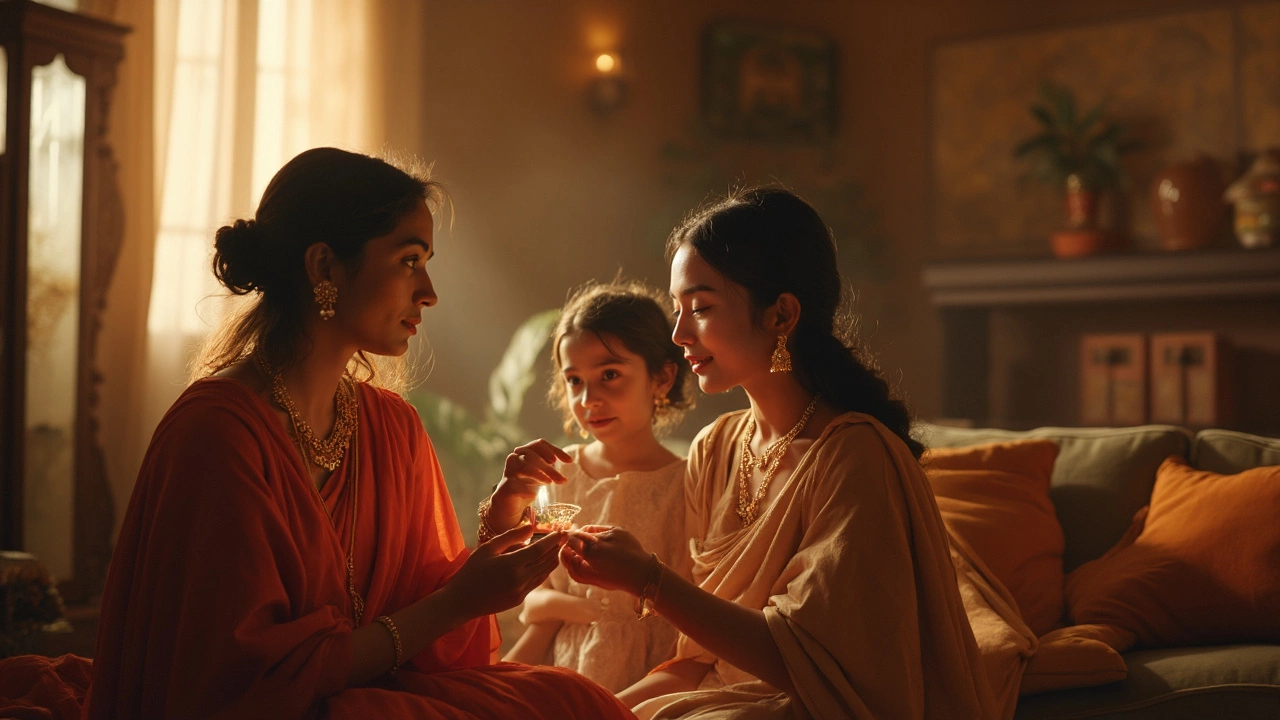
Tips on Diamond Care
So, you've got yourself a sparkling diamond? Or maybe you're planning to get one soon. Either way, let's make sure that diamond shines bright for years to come. Taking care of your diamond might not be rocket science, but it does need a bit of attention. Here’s a handy guide to keeping your beloved diamond rings looking their best.
Regular Cleaning Routine
Dirt and oils from daily wear accumulate quickly, dulling a diamond’s sparkle. To avoid this, clean your diamonds regularly. No, you don’t need some fancy kit—you can do this right from your kitchen.
- For a quick clean: Mix mild dish soap with warm water. Use a soft toothbrush (not the one you use on your teeth, of course) to gently brush the stone and setting.
- Avoid harsh chemicals: Stay clear of cleaning your diamond with bleach or abrasives, which can damage the metal and wear down the stone.
Proper Storage
Diamonds are tough but not indestructible. Improper storage can lead to scratches or damage. Here’s a tip: never pile them together in a jewelry box.
- Individual pouches: Keep each piece in its own soft cloth pouch or a fabric-lined jewelry box compartment.
- Away from sunlight: Direct sunlight can fade some gemstones, and intense heat can damage them.
Routine Check-Ups
Get your diamond rings inspected by a professional jeweler every year. They’ll check for loose prongs, worn mountings, and give it a deep clean that you can’t achieve at home.
Mind the Chemicals
Your diamond might be immune to scratches, but the setting isn’t immune to everything. Try to avoid wearing them while using household cleaners, lotions, or any substances that might tarnish or damage the metal.
| Care Aspect | Frequency |
|---|---|
| Cleaning | Once a month |
| Professional Inspection | Once a year |
| Storage Check | As needed |
These tips will help you keep that beloved diamond gleaming and glinting in any light, just like the day you got it. Happy caring!
